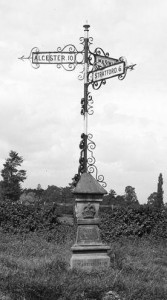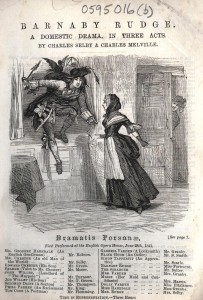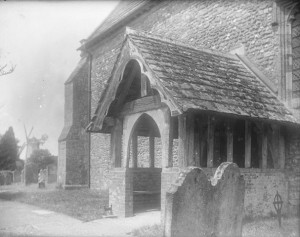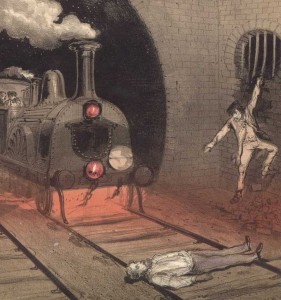Some of you may remember that a few months ago, we started work on the last uncatalogued section of the Donald Muggeridge Collection, comprising photographs of rural objects dating from 1933 to 1943. I am pleased to announce that the cataloguing and digitising of these negatives is now complete. The images and the supporting information are now accessible and searchable via the Special Collections website.
As well as a keen interest in windmills, Donald Muggeridge inherited his father’s passion for recording the subjects of a fast fading form of rural life. Following on from William B. Muggeridge‘s photographs dating from the first decade of the twentieth century, these images record the rural landscape of pre-war Britain, which has now largely vanished. Accomodating objects from columbariums to stocks and lock-ups to whipping posts, these images offer a glimpse into a world which seems very distant to many of us in the modern day.
I’d like to give a special thanks to Chris Ward and Mandy Green for cataloguing and scanning the negatives and completing work on the Muggeridge Collections.
If you would like any more information about this collection, please do contact us.





